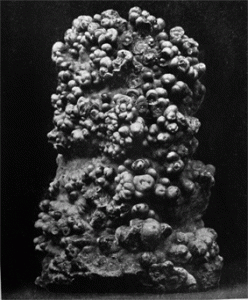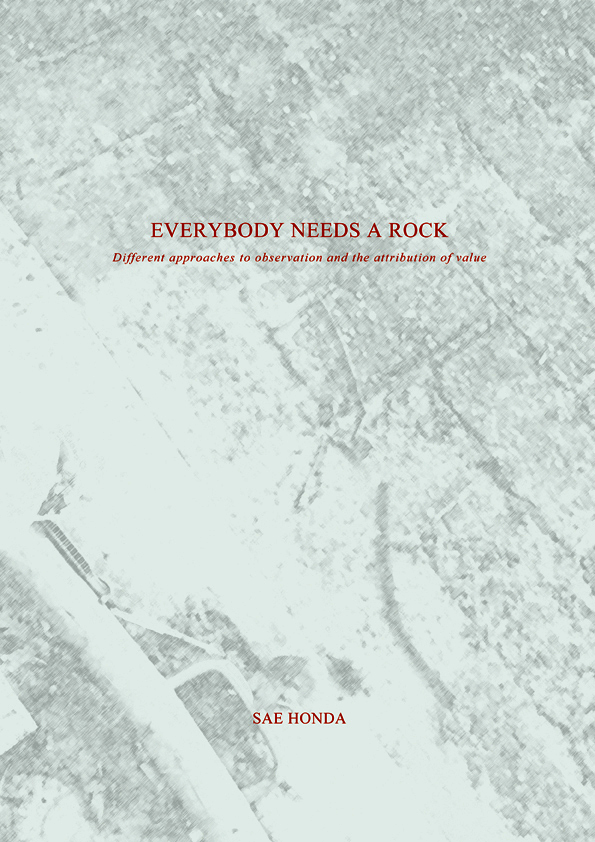In the Wendingen issue, Kristallen Wondervormen der Natuur from 1924 i found this picture of a calcite stalactite. I choose the picture because I did not remember to have ever seen anything like it and that made me curious. After a bit of research I learned that a stalactite is a type of formation that hangs from the ceiling of caves, hot springs or manmade structures such as brigdes and mines. Limestone caves, where most stalactites are found, are mainly composed of calcite, a rather common mineral found in sedimentary rocks. Stones and crystals have been a huge passion of mine, for as long as I can remember. The interest started in an early age, as my parents took me, my brother and sister for long walks up and down the coast-line in Denmark. We were looking for fossils, amber, seashells and stones. We never really knew why we were doing it, but it soon got competitive. Who would found the most exquisite one? The biggest? The funniest? And we would carry large heavy amounts back to our house and place them carefully, in an order, on shelves or window sills. My mother keeps collecting and my parents house have turned into what could be called an exhibition of stones and stuff. My father sometimes forces her to get rid of some of the stones, because he says “it doesn’t make sense”, but my mother took me to the farthest place of their backyard; a wilderness of weeds and showed me where she get’s rid of the stones. The pile is enormous. When asked why stones are so fantastic, my mother says: because they are ordinary and exquisite and they look beautiful in the rain. Later I started making animations where I would scan some of my favorite stones and give them simple movements. Maybe they would turn around, or switch back and forth between a crystal and a flintstone. I too like the normality of stones and I embrace that my love for them doesn’t make any sense at all.
Wendingen 6-11 1924 Rijksacademie Amsterdam





